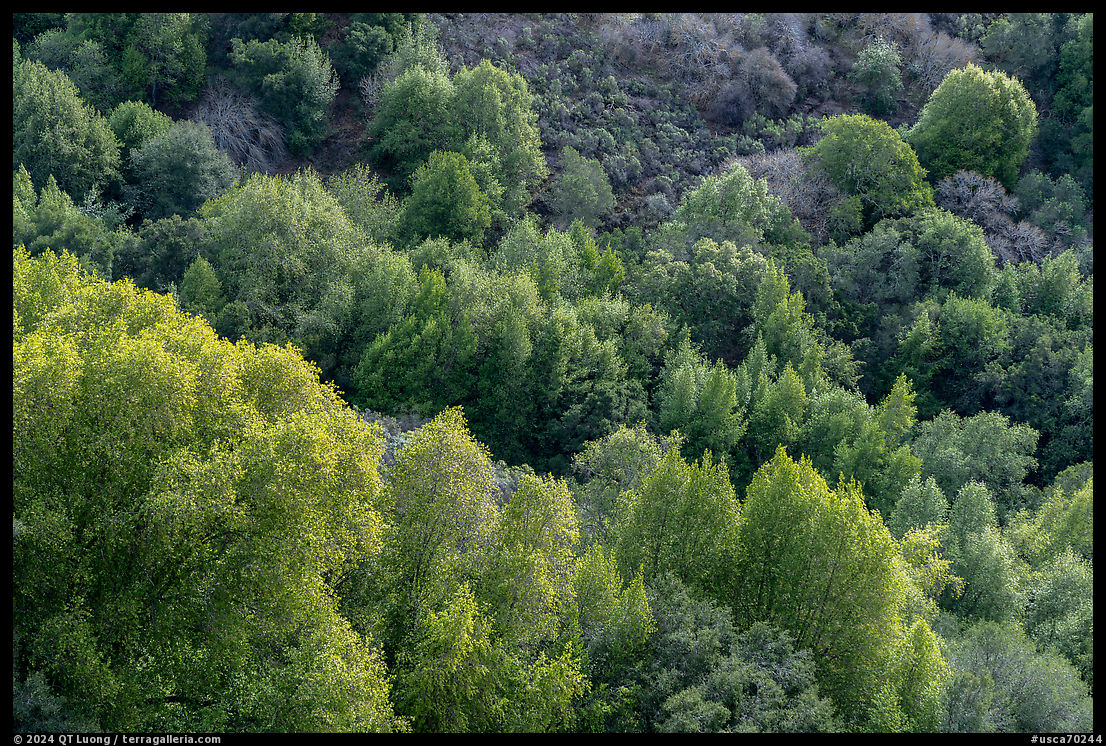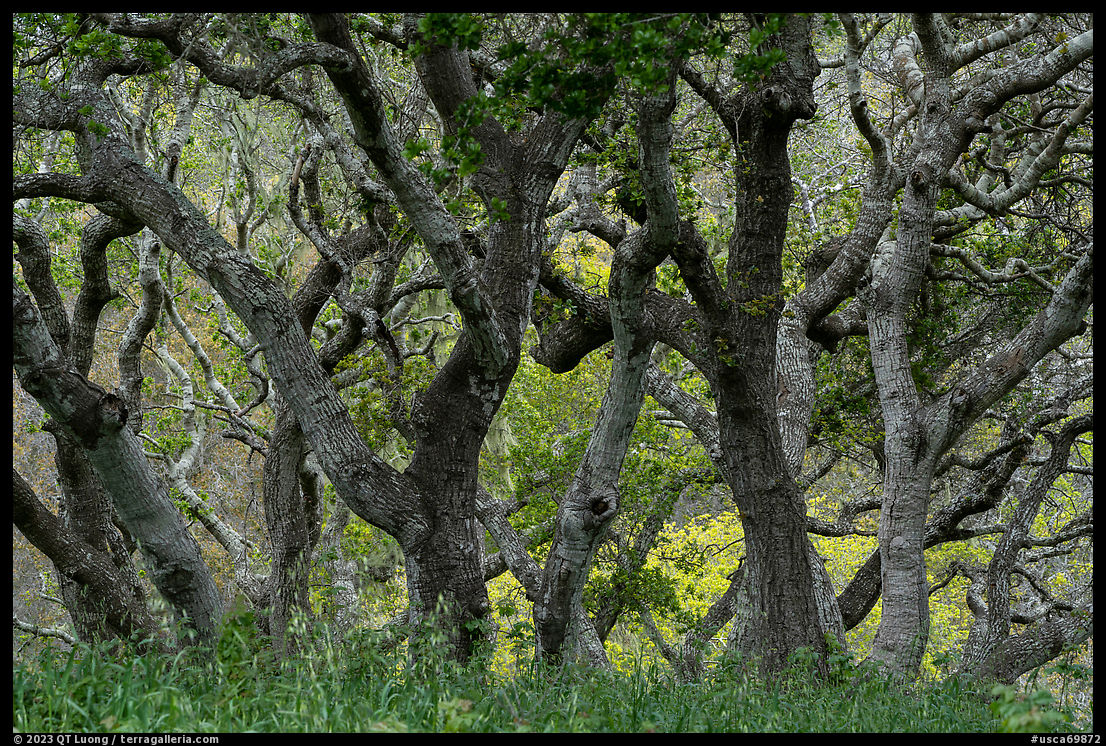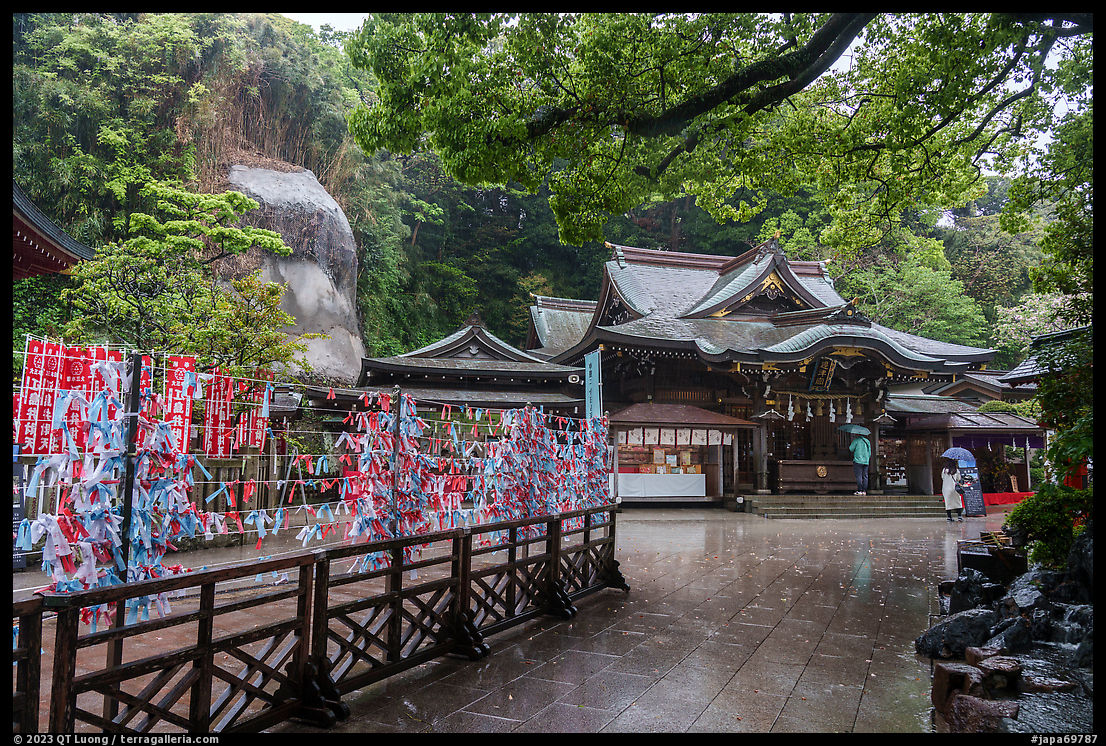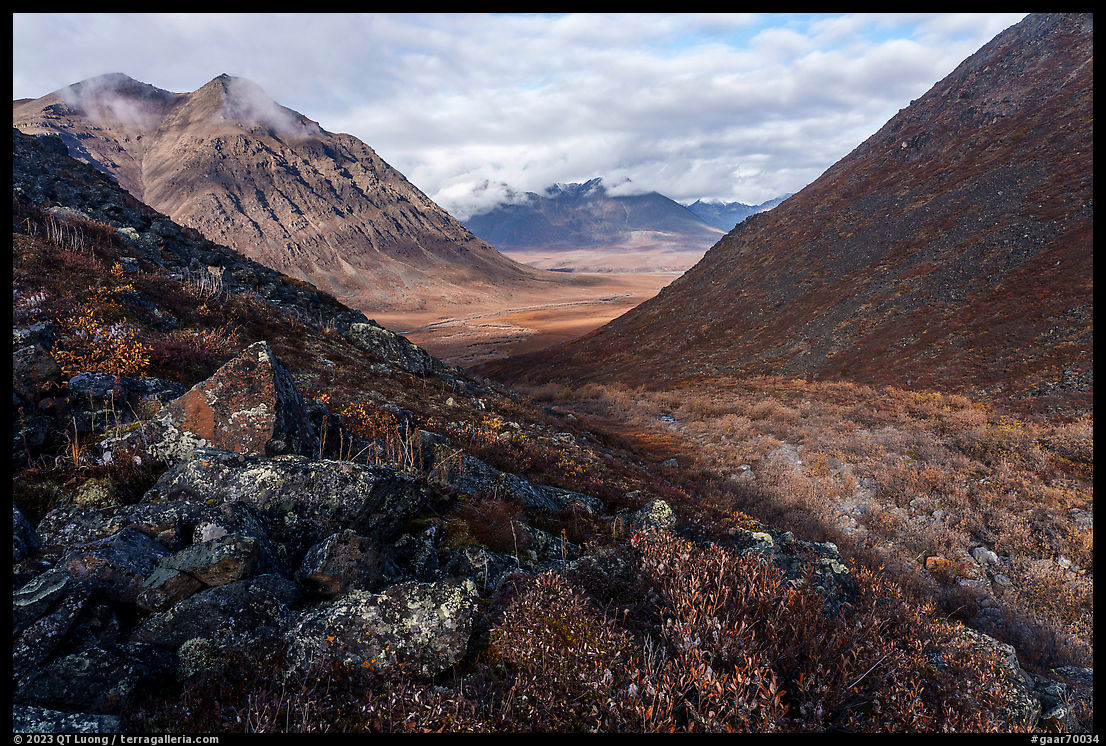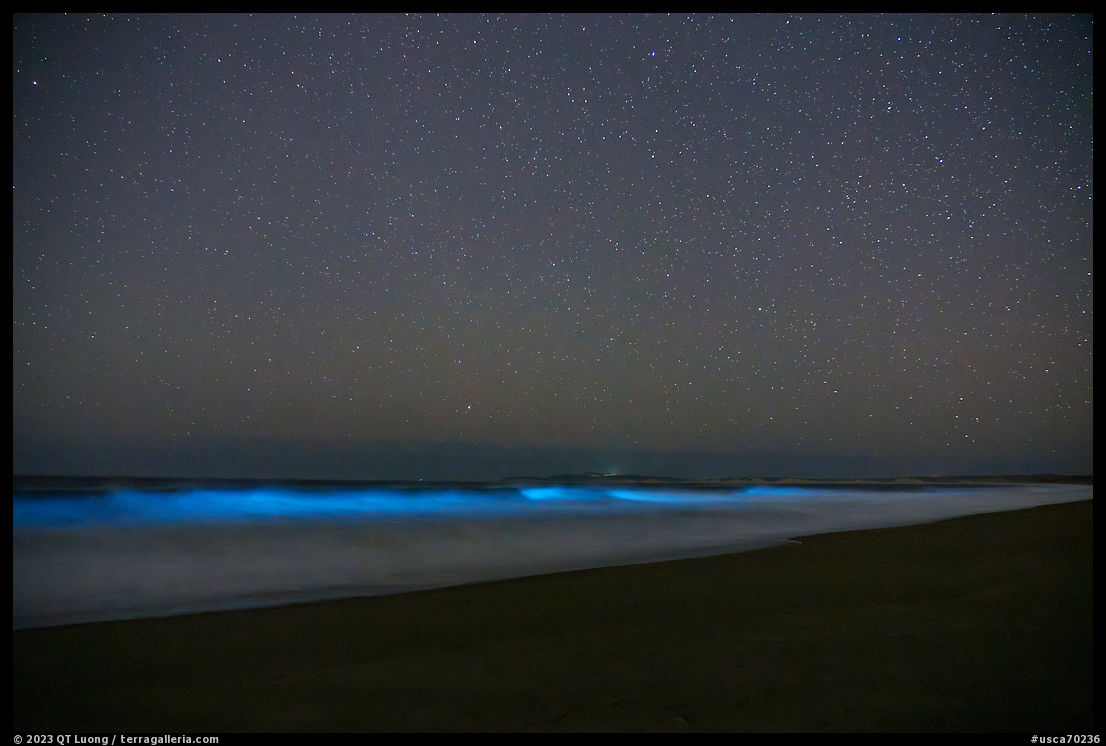Focus on the Solar Eclipse of April 8, 2024
Since the total solar eclipse of April 8, 2024, would be the last in America until 2044, my main motivation was to witness the event as a family. This called for a different approach than the one I took for the eclipse of 2017. I had traveled with my younger in-laws to Grand Teton National Park, where on eclipse day we undertook a strenuous hike to a mountain summit with prime views of the Tetons. Such an inspiring setting could not be surpassed given the 2024 eclipse trajectory, but for the photographs I was planning to make, this would not matter.
Sticking with Texas
I thought of Niagara Falls or Newfoundland where the sun would be lower in the sky, but my wife Lanchi does not like the cold. Texas appealed since she had not traveled there before, it is the closest to California with plenty of amenities, is warm, and more importantly, its dry weather made it the most likely state to feature clear skies among all those on the path of totality. It was a popular choice. The day before the eclipse, at the cow parade in Fort Worth, TX, the MC proceeded with a demographic survey. Judging by the replies and raised hands, as many had come from out of state and abroad as from Texas.

We were initially aiming for a quick trip, but when I started to look for flights to Texas in January (too late!), all the dates close to the eclipse were unusually expensive. Driving from California was not a great option since our children had only limited time because of college – eclipse day fell after Spring Break. To minimize expenses, we planned to fly in well ahead of the eclipse, and out several days afterward. On the day of our flight, clouds were predicted for the entire state of Texas, whereas, improbably, the weather for New England where my in-laws were heading was predicted to be clear, but at that point good flights were so costly that we stuck to our initial plans, thinking that even if the eclipse did not work out, it would still be a pleasant trip.

We had secured a lodging reservation for the evening of the eclipse in Austin, TX. On the weekend before the eclipse, we had made it to Hot Springs, AR, home to Atlas Obscura’s Ecliptic Festival, and also the smaller National Park Service’s “Eclipse Fest!” on Arlington Lawn. Both cities and the main highway between them were on the path of totality. We could therefore choose an eclipse site anywhere along a 500-mile stretch. The short-term forecast predicted clouds anywhere along it, but it appeared slightly better for Arkansas than for Texas. When we took a vote, the children opted to try to watch the eclipse in Texas, as there is more to do there. They had seen enough of Hot Springs National Park. It was an ironic coincidence that the other national park on the path of the eclipse, Cuyahoga Valley National Park, shares with Hot Springs the dubious distinction of being frequently ranked among the “worse national parks”, while another frequent contender, Gateway Arch National Park, was at 99% totality.
Eclipse Day
The planned eclipse viewing location was by a lake in a Texas State Park. It was reasonably scenic and promised a quieter experience than urban city parks, an important point for Lanchi, who didn’t want crowds. It helped that entry was subject to reservations with quotas – unlike California and federal parks, Texas charges per visitor and not per car. However, on the morning of the eclipse in Fort Worth, TX, the sky was almost entirely cloudy, and Lanchi thought that the weather would degrade as the day went on since thunderstorms were predicted for the evening. Losing belief in our chances to see the eclipse, we abandoned our plans to go to the State Park. For an ongoing project, I had wanted to photograph at Waco Mammoth National Monument, and since it is close to the totality centerline, we thought we might as well head there. On the highway, the weather was overcast. At the entrance, we saw cars turn around after speaking to a ranger, which made us worry that the park was full, but it turned out he was telling prospective visitors that there was a long wait to get into the dig shelter.

The park service distributed free eclipse viewers, closed the dig shelter for the eclipse duration, and let people park on one side of the road. After strolling to the other side of the road with our picnic blanket and shade umbrellas, we settled on the grass with a good view of the sky. It was relaxing and convenient, the only drawback being that the area was too forested to provide views of the horizon and its 360-degree sunset.

We were concerned that if we gave up our parking spot, we may not be able to find a better one elsewhere. Since when we arrived, the clouds were prevalent and the sun poked out of them only occasionally, I did not attempt to record the phases of the eclipse. But at least, things were looking up since we sometimes saw the sun. Being under trees, we observed the leaves forming natural pinholes that projected crescent suns on my daughter’s sketchbook.

Just five minutes before totality, the sun was hidden by a dark cloud, but it looked like it could emerge. It did, and we had a clear view of the eclipse. What a stroke of luck! I subsequently read the same occurred in Dallas and Austin, maybe because the eclipse cooled the air, helping dissipate the clouds. Later in the afternoon, by the time we arrived in Austin -without the anticipated traffic delays-, it started raining.
During a total solar eclipse, people on Earth witness a rare phenomenon: the sun’s outer atmosphere, called the corona, becomes visible. Ordinarily, the corona is obscured by the intense light emitted from the sun’s surface. However, during the brief period of totality in an eclipse, when the moon completely covers the sun, the corona emerges, appearing as a radiant white halo encircling the darkened moon. It could be that on that day, there was some diffuse cloud cover because while the inner corona around the sun was bright, the streamers extending further from the sun were faint, at least compared to the 2017 eclipse – the 11,000ft elevation of our mountain top viewing site may have helped with air purity. Refer to the next section for photos that show more of the corona.

Scientists anticipated that this particular eclipse, occurring during the peak of the sun’s 11-year activity cycle, would offer unique views. Their expectations were fulfilled as the sun exhibited spectacular prominences, which are massive loops of plasma extending from its surface. The largest of them were visible to the naked eye, whereas in 2017 I didn’t remember seeing any. Solar prominences appear reddish due to their plasma originating from deeper layers of the sun’s atmosphere, specifically the chromosphere. This layer is characterized by high-temperature hydrogen emissions that emit red light. These prominences, which made this eclipse special, were faintly captured all around the moon’s outline at the beginning of totality (photo above). As the moon moved over the sun, some of the prominences became obscured, while others became more visible.

The edge of the moon is not a smooth circle because the moon’s surface features peaks and valleys. The most pronounced prominences were located near the bottom and right edges of the moon’s outline at the end of totality, and they were bright enough to be visible even at the “diamond ring” phase when the sun began to reappear.

Photographing the Eclipse
That the surroundings were not anything special wasn’t an issue for the rest of the family, and also for me. In 2017, I focussed my efforts on capturing the eclipse within the landscape, which was as spectacular as it could be. Using wide-angle lenses remains my preferred option, as it reflects more of my experience, the connection of the sky to the land, and offers creative composition options. However, the 2024 eclipse occurs close to midday (1:40 pm) when the sun is high, and the landscape of Central Texas is not exactly superlative. Therefore, this time I tried my hand at capturing a close-up of the sun with a telephoto. I brought two Sony cameras, one with a 100-400mm lens with 1.4 converter mounted on a beefy series 3 tripod for stills, the other with a 70-300mm lens on a series 2 tripod that I planned to use to capture the eclipse in cropped format video. I was hoping that the stills would capture a wide range of brightness, whereas the video would provide the temporal resolution – and could also be converted to time-lapse.Photographing a close-up of the eclipse is quite challenging. With a telephoto, the sun moves surprisingly quickly in the frame, and even locating it is not as obvious as it may seem. The exposure range for the different elements of the eclipse is wide. At my settings of ISO 200, f/8, here are the ideal exposures: diamond rings 1/4000s, prominences 1/2000s, inner corona near the sun 1/125s, outer corona 1s, which represents a range of 12 f-stops or a range of brightness of 1 to 4000. In addition, when you photograph the eclipse with wide-angle lenses, no filter is necessary, but with telephotos, a solar filter is required to avoid damage to the camera sensor during the partial phases. The filter is extremely dark, usually optical density ND 5.0, which translates to a transmittance of 0.001%, or the equivalent of 16 f-stops. Needless to say, it changes the exposure most dramatically and has to be removed during totality. Both of my filters were made by stretching Baader Astrosolar film over square mounts. I had planned to use the partial phase for practice, but the clouds had prevented me from doing so. When the sun began to emerge, I was still fine-tuning things, which put me in a rush. Consequently, I forgot to remove the filter from my second camera. During the flight from California to Texas, I refreshed my memory by browsing Alan Dyer’s eclipse book, probably the most comprehensive resource on the subject. As the author cautions against any setup where you have to remove the solar filter on more than one camera, I asked Lanchi to remove the filter from the second camera. However, in the excitement of the moment, she also forgot about it, resulting in a video of the eclipse that is totally black. Oops!

I still came home with a collection of still images of varying exposures from the main camera. The eye and brain form a mental image that incorporates all the elements, from the prominences to the outer corona, but rendering them in a photograph entails compromises. No photograph can capture the magic of seeing the eclipsed sun. In images with short exposures shown in the previous section, the prominences appeared natural, but only the inner corona is visible. The first image and detail were a single exposure, while the second blended two frames to control the massive flare caused by the diamond ring, which was surprisingly brief compared to 2017. To incorporate the outer corona, I tried Alan Dyer’s techniques (his image is here), compositing many exposures blended with luminosity masks, and strengthening the corona’s structure with high-pass sharpening. This resulted in a file of 3GB with 14 Photoshop layers. The longer exposures even brought two stars to the left of the sun (above). However, for this eclipse, even exposures as long as 2 seconds did not help in showing the outer corona streamers. I found that blending fewer images provided a more realistic rendering (below). Which of the two images of the corona do you prefer?

As I anticipated, my eclipse photographs of 2024 are not distinctive, and how could they have been? The 2017 eclipse demonstrated that scores of photographers aiming telephoto lenses at the moon-obscured sun would yield countless variations of essentially the same image, differing primarily in the level of skill in their processing — of which mine is not notably high. Yet, I, like scores of others, still wanted to photograph the eclipse for myself and then share it. Here is maybe the most unique power of photography. Even if it is a poor substitute for our visual experience, a photograph serves as tangible evidence of our presence, a testament unmatched by any other medium. Were you there? I’d enjoy seeing your photos.












































































